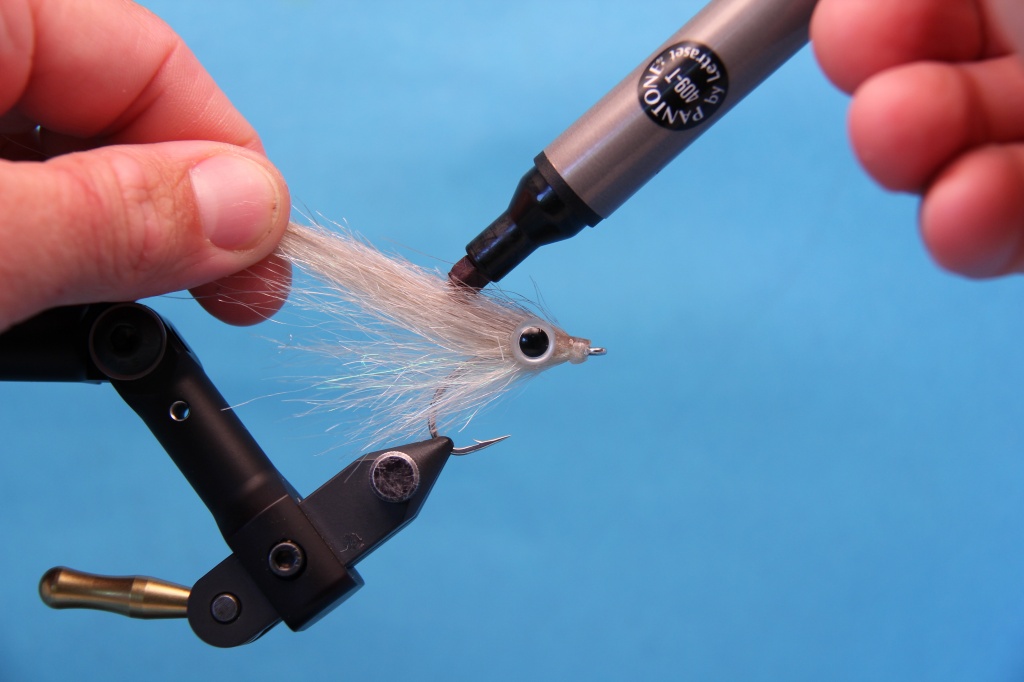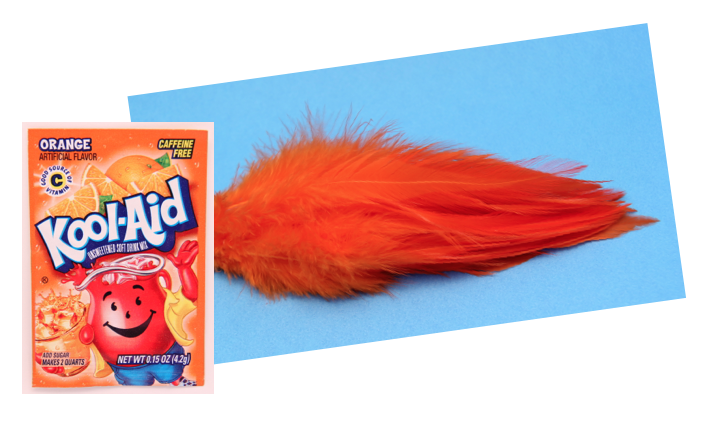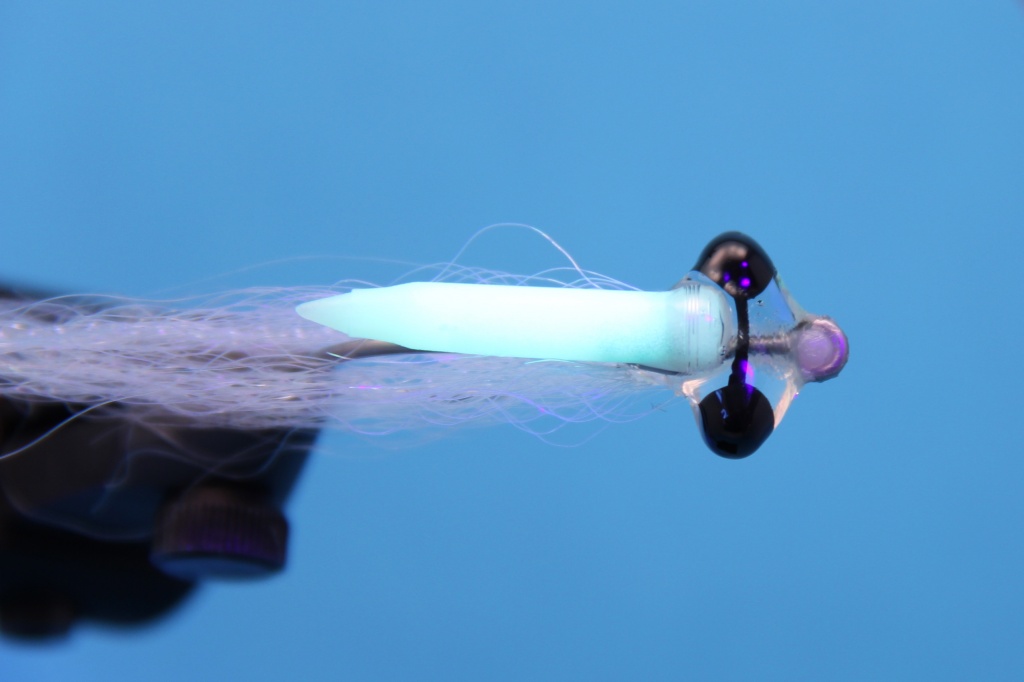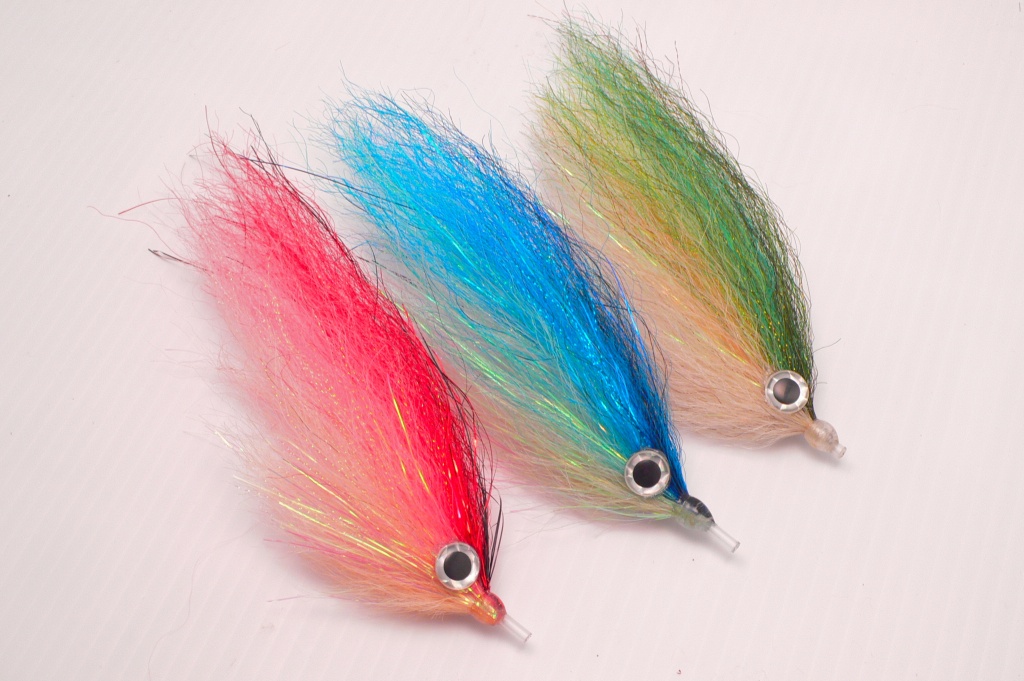Feather Brain: Markers … Don’t Leave home with out them
So much you learn about catching fish is about being versatile and being able to adapt your fly to match or mimic a specific prey item in a specific situation is paramount. A small modification is sometimes all you need to trigger a strike. I can’t think of a more versatile tool for fly tying or in-the-field alterations than permanent markers.
Feather Brain: Markers … Don’t Leave home with out them Read More »










